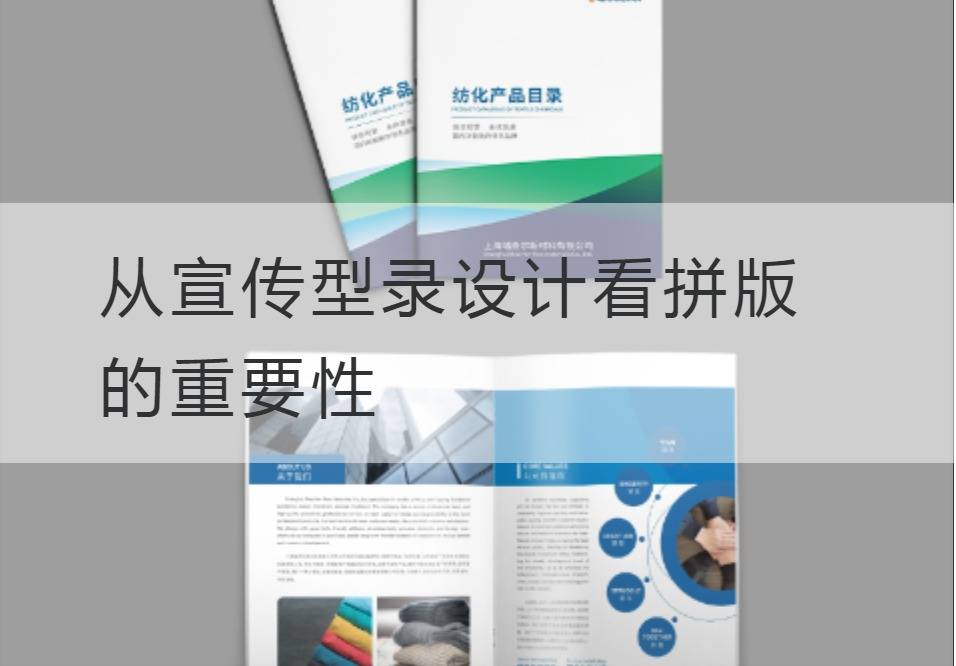The Importance of Placing from the Design of Propaganda Catalogue
Catalog design is an important way to attract target markets, and its subtle strategies and creative choices contribute to the ultimate goal of attracting target groups, communicating brand messages, enhancing the company's image and promoting product sales. Among them, one of the most important techniques is mosaic design. This article will elaborate from the propaganda catalog design angle to understand the importance of the mosaic design.
First of all, the mosaic design is the coordination and unity of the visual elements. These elements include images, colors, text, and spaces. In a catalog, it is only when these elements set off each other that the message needs to be conveyed in the most efficient way. As a result, a reasonable set-up not only helps to organize seemingly unrelated elements into a unified visual structure, but also engages the target audience through contrast, alignment, and repetition.

Second, it plays a key role in enhancing the brand image. A professionally designed mosaic can greatly add brand value, successfully promoting the visual perception of the brand through a high degree of professionalism and technical skill. Masters use specific logos, colors and visual language to create a unified brand experience.
At the same time, improving the reading comfort is an important task of the mosaic design. A good collage should be reader-friendly so that they can read and understand the information when viewing the collateral. Composers need to carefully configure and organize flat elements, such as font size and type, text and image layout, to prevent information from being mixed up, make the reading process smoother, and deliver the information clearly and effectively to the reader.
Finally, a professional mosaic has proven to be an excellent marketing tool. A well-designed mosaic directs the reader's eye and helps them quickly find the information they care about, making it easier to attract their interest in a product or service. Moreover, because the collage enhances the readability and comprehensibility of the information, it also increases the reader's reception and memory of the information, thereby driving sales.
In general, from the propagandacatalog designSee, the importance of collage design can not be ignored, it not only brings eye-catching and uniform effects, but also enhances brand awareness, enhances the reader's reading experience, and even helps to boost sales. Therefore, when we focus on a design, we should not forget to praise the patchwork behind it, which creates a uniform and attractive piece for us.



